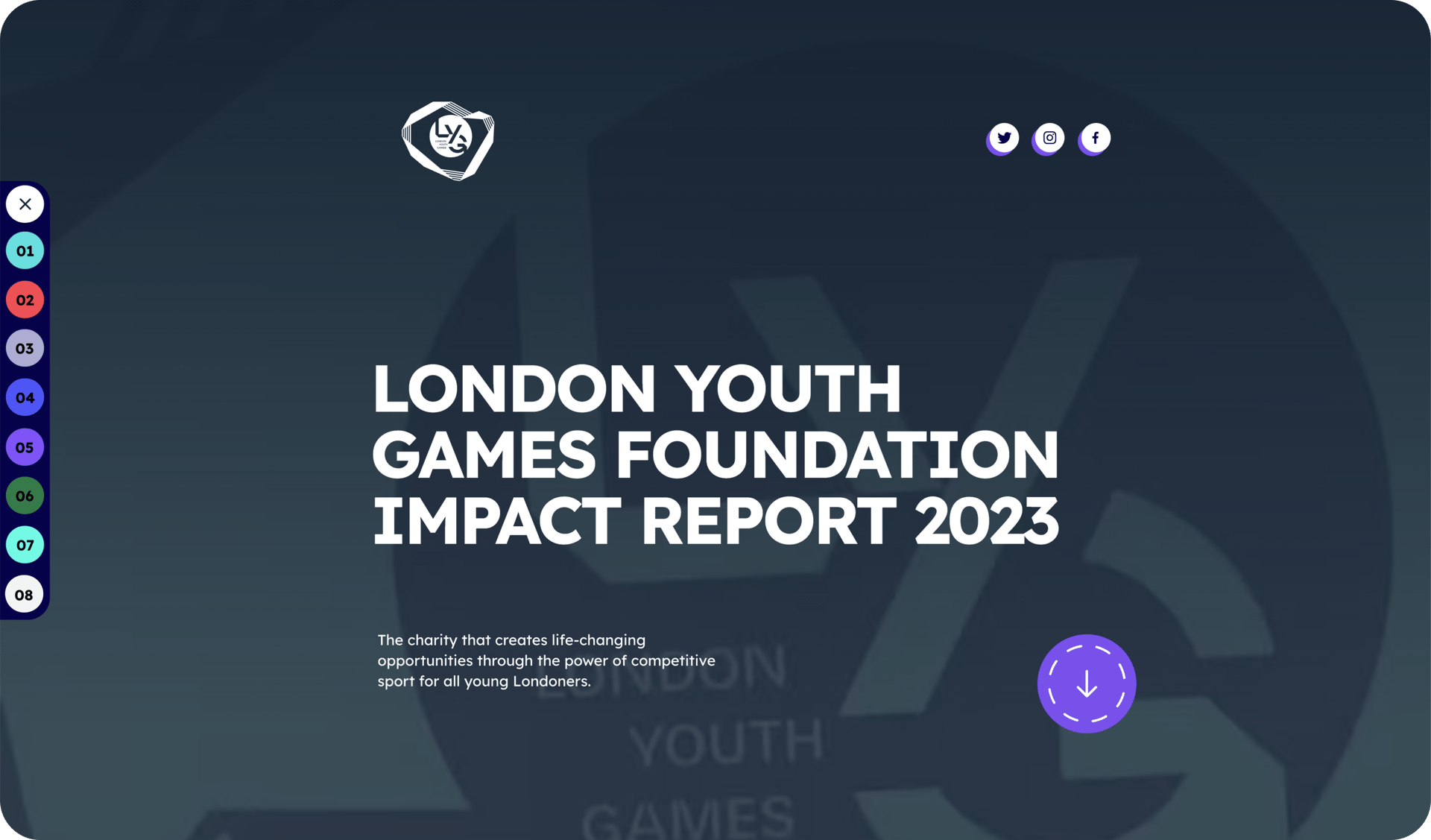Looks like this content has reached its expiration.
Simply republish or consider upgrading to a project plan to keep it live.
💫
✨
New to vev?
Vev is the only all-in-one design platform for professionals to create and launch unique web experiences with complete creative and technical freedom. Read more →
Oops!
☹️
This Content Has Expired























